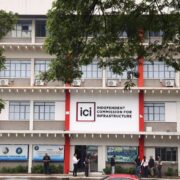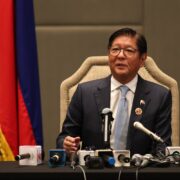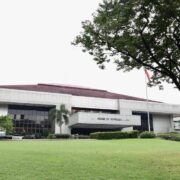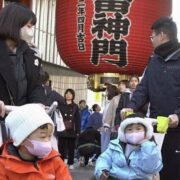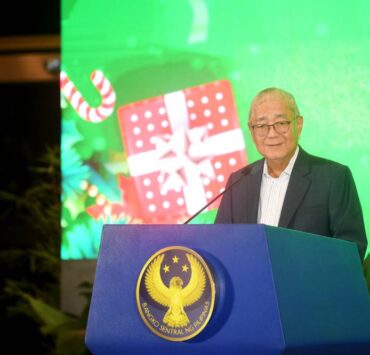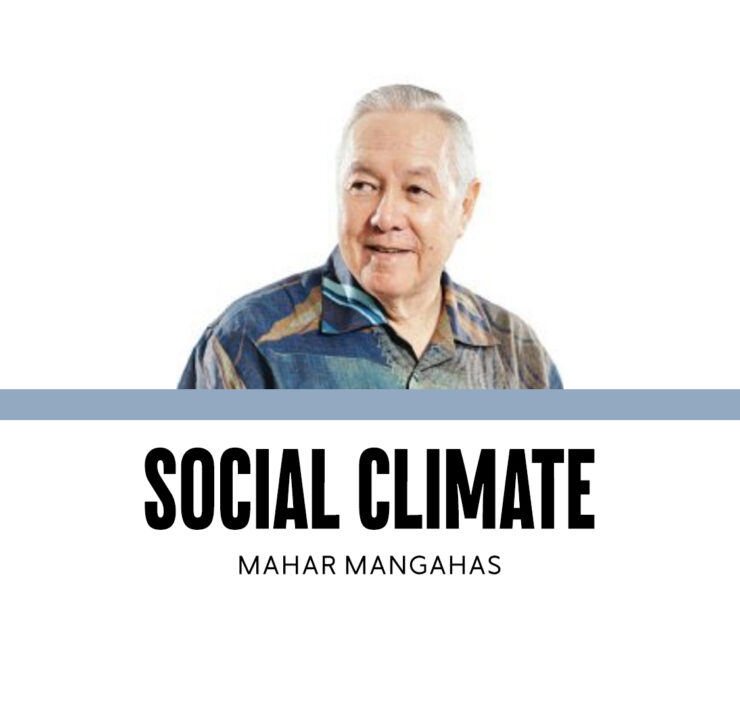Pushing for better trade deal

After months of grueling negotiations by his trade team, President Marcos came back last week from his face-to-face meeting with United States President Donald Trump at the White House with a 19-percent tariff on Philippine exports to the US.
It was lower than the 20 percent announced earlier this month but higher than the original 17 percent “reciprocal tariff” announced during Trump’s “Liberation Day” in April that was supposed to finally take effect on Aug. 1.
Critics were quick to condemn the minuscule 1-percentage point reduction in the tariff as a sellout, framing it as a case of the Philippines giving up too much for too little.
The Philippines, after all, agreed to open up the Philippine market to a host of American products including automobiles, pharmaceuticals and agricultural products such as soy and wheat at zero tariff.
But Mr. Marcos, who was the first Southeast Asian leader to meet with Trump, took pains to explain after their talks at the White House last week that while the 1-percentage point reduction may seem “very small”, it was nevertheless a “significant achievement” if viewed from a wider and more pragmatic lens.
As Special Assistant to the President for Investment and Economic Affairs Secretary Frederick Go and Trade Secretary Cristina Roque said in a joint statement, the 19-percent tariff makes the Philippines “among the most competitive Southeast Asian economies trading with the United States” and should encourage foreign investors wanting cheaper entry to the US to set up job-generating businesses here.
Full-scale trade war
At 19 percent, the Philippines has the second-lowest tariff rate in the region, behind the 10 percent of Singapore, which has a prior free trade deal with the United States.
The Philippines’ tariff rate is also at par with the 19 percent of Indonesia, which had committed to buy 50 Boeing aircraft, among other concessions, for the lowered tariff.
Indeed, from the way the trade deals are shaping up across nations, none left the negotiating table completely happy with the results. But they were content—for now—with what they have cobbled together, seeing them as a needed compromise to ward off a full-scale trade war and dispel further uncertainties that have put their markets and their local industries in limbo.
The value of the US as a trade partner cannot be overemphasized as it accounts for 16.6 percent of the country’s total exports in 2024, making it the country’s largest export destination, followed by Japan, Hong Kong and China.
Short end of stick
The US, however, seems eager to demonstrate its “ironclad” commitment to the Philippines as it is providing the Philippines a $60 million (P3 billion) foreign assistance funding, which was announced by the US State Department following Mr. Marcos’ meeting with US Secretary of State Marco Rubio.
According to the US Embassy, this was the first new foreign assistance for any country since the Trump administration began its review and realignment of foreign assistance in January following Trump’s return to the White House.
The foreign assistance will support energy, maritime, and economic growth programs and includes $15 million or P825 million to spur private sector development in the Luzon Economic Corridor. If approved, the fund will support investments in transport, logistics, energy, and semiconductors that should create more jobs and drive further economic growth in the Philippines.
Thus, if the Marcos administration’s calculations are correct, the Philippines indeed did not get the short end of the stick, but that does not mean that the tariffs will not hurt.
They will, and Salceda predicts that the hardest hit sectors include the $1.4-billion food products and vegetables sector, $6-billion textiles and $50-million footwear industries.
Long-term benefits
What Go and Roque must therefore ensure in the ensuing talks is to ensure that the broad terms agreed upon, including protection for the agriculture sector, will be followed to the letter.
As Roque had emphasized, the finer details of the deal are “not yet final” as both parties still have to work out which products will be covered by market access commitments on both sides.
The worst that could happen is for the list of products to be allowed duty-free entry to the Philippines be indiscriminately expanded and hit local industries hard, thus, full transparency is the least they can commit to the Filipino people.
At the same time, the Philippines should go full speed ahead with the free trade negotiations with other trading partners, including Canada, the United Arab Emirates, and China to open up new opportunities for local products, blunt the negative impact of tariffs on the Philippines, and keep the Philippines place in an increasingly complex international trade environment.
These will ensure long-term benefits for the Philippines that will outlast Trump’s tariffs that may change yet again down the road or when a new administration comes into power.



